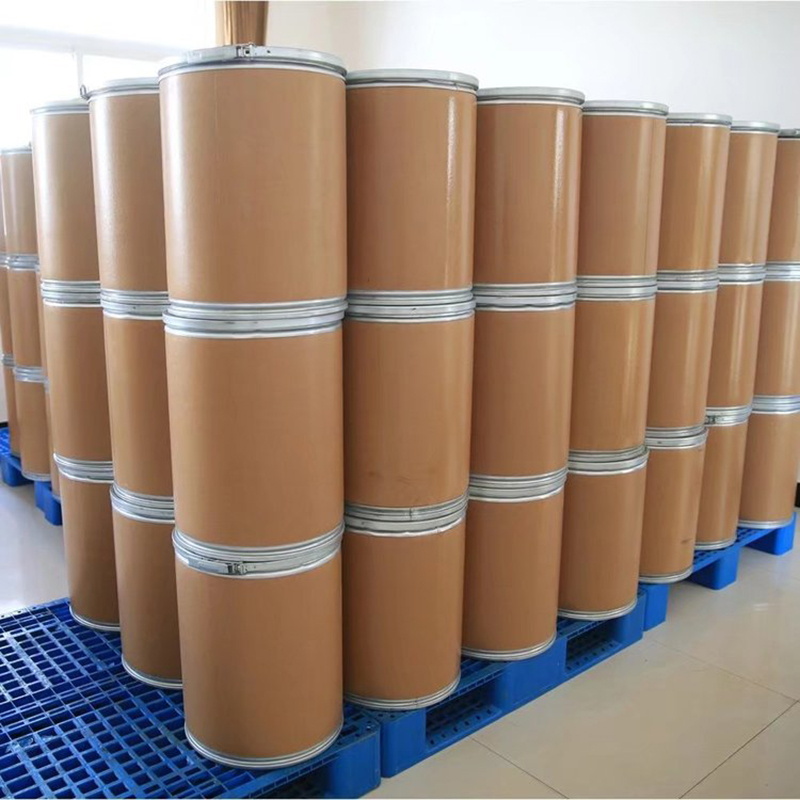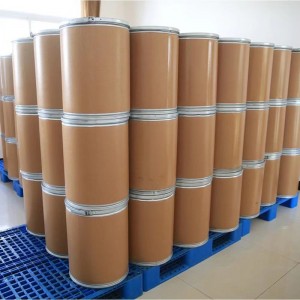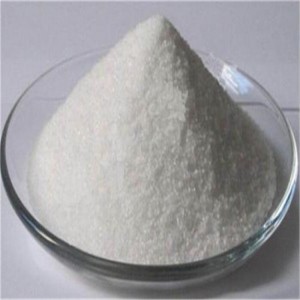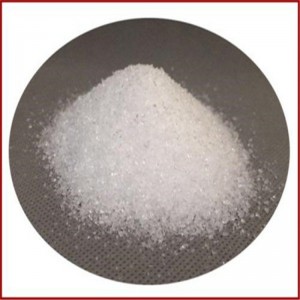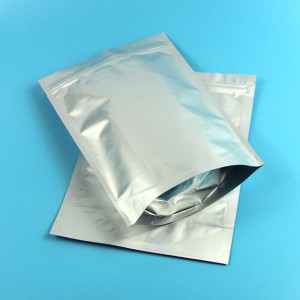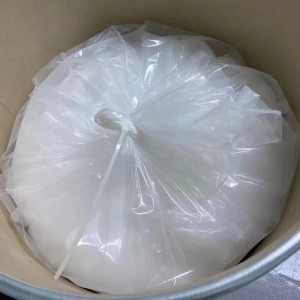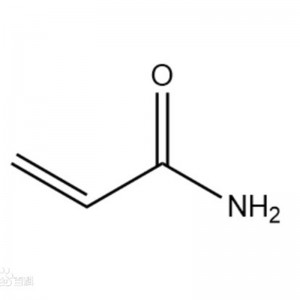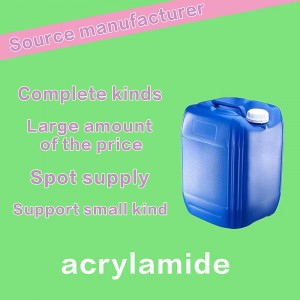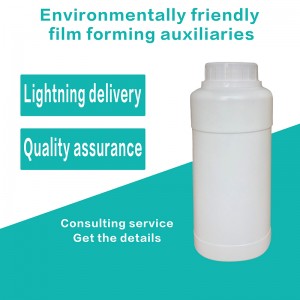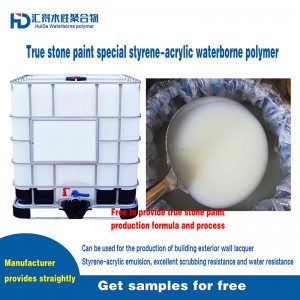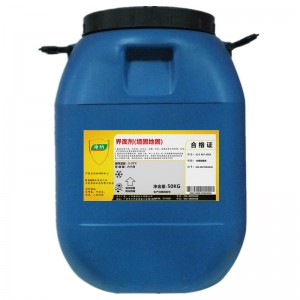acrylic amide
Synonyms in English
AM
chemical property
Chemical formula: C3H5NO
Molecular weight: 71.078
The CAS number: 79-06-1
EINECS No. : 201-173-7 Density: 1.322g/cm3
Melting point: 82-86 ℃
Boiling point: 125 ℃
Flash point: 138 ℃
Index of refraction: 1.460
Critical pressure: 5.73MPa [6]
Ignition temperature: 424℃ [6]
Upper limit of explosion (V/V) : 20.6% [6]
Lower explosive limit (V/V) : 2.7% [6]
Saturated vapor pressure: 0.21kpa (84.5℃)
Appearance: white crystalline powder
Solubility: soluble in water, ethanol, ether, acetone, insoluble in benzene, hexane
Product introduction and features
Acrylamide contains carbon-carbon double bond and amide group, with double bond chemistry: under ultraviolet irradiation or at the melting point temperature, easy polymerization; In addition, the double bond can be added to the hydroxyl compound under alkaline conditions to form an ether; When added with primary amine, monadic adder or binary adder can be generated. When added with secondary amine, monadic adder can be generated. When added with tertiary amine, quaternary ammonium salt can be generated. With activated ketone addition, the addition can be immediately cyclized to form lactam. Can also be added with sodium sulfite, sodium bisulfite, hydrogen chloride, hydrogen bromide and other inorganic compounds; This product can also copolymerize, such as with other acrylates, styrene, halogenated ethylene copolymerization; The double bond can also be reduced by borohydride, nickel boride, carbonyl rhodium and other catalysts to generate propanamide; The catalytic oxidation of osmium tetroxide can produce diol. The amide group of this product has the chemical similarity of aliphatic amide: reacts with sulfuric acid to form salt; In the presence of alkaline catalyst, hydrolysis to acrylic acid root ion; In the presence of acid catalyst, hydrolysis to acrylic acid; In the presence of dehydrating agent, dehydration to acrylonitrile; React with formaldehyde to form N-hydroxymethylacrylamide.
use
Acrylamide is one of the most important and simplest of acrylamide series. It is widely used as raw materials for organic synthesis and polymer materials. The polymer is soluble in water, so it is used to produce flocculant for water treatment, especially for the flocculation of protein and starch in water. In addition to flocculation, there are thickening, shear resistance, resistance reduction, dispersion and other excellent properties. When used as a soil amendment, it can increase the water permeability and moisture retention of soil; Used as paper filler auxiliary, can increase the strength of paper, instead of starch, water soluble ammonia resin; Used as chemical grouting agent, used in civil engineering tunnel excavation, oil well drilling, mine and dam engineering plugging; Used as fiber modifier, can improve the physical properties of synthetic fiber; Used as a preservative, can be used for underground components anticorrosion; Can also be used in food industry additives, pigment dispersant, printing and dyeing paste. With phenolic resin solution, can be made into glass fiber adhesive, and rubber together can be made into pressure sensitive adhesive. Many synthetic materials can be prepared by polymerization with vinyl acetate, styrene, vinyl chloride, acrylonitrile and other monomers. This product can also be used as medicine, pesticide, dye, paint raw materials
package and transport
B. This product can be used,20KG, bags.
C. Store sealed in a cool, dry and ventilated place indoors. Containers should be tightly sealed after each use before use.
D. This product should be sealed well during transportation to prevent moisture, strong alkali and acid, rain and other impurities from mixing.





